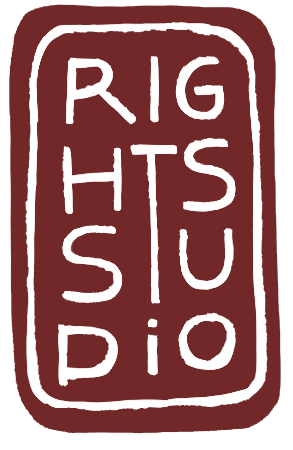
“Until the lions have their own historians, the history of the hunt will always glorify the hunter.”
― Chinua Achebe
What might a collaborative approach to storytelling look like?
In our increasingly interconnected world, the old expression about history being written by the victors need no longer hold true. As Chinua Achebe once said, storytelling has often been about power, yet it is in everyone’s interest to share this power and hear other stories.
A collaborative form of storytelling would see us contributing to a collective history where there is not just one narrator, nor just one storyline, but many in which we each play a specific and active role.
We could imagine this as practising a form of solidarity where there are many voices, many parts that don’t necessarily all fit neatly together, but “by redefining whose voice is valued, we redefine society and its values,” Rebecca Solnit wrote.
This is not about entertainment, inciting emotional reactions, or even educational purposes – it is storytelling for history’s sake, one which must transcend generations and individual victories or gains. It is storytelling that enlightens and explains our human condition, both its dark sides and its brighter ones; one that doesn’t seek to divide us into the good and the bad, but attempts to show with clarity what it means to be human, through many different perspectives.
This is not about a collective form of storytelling where everyone contributes something to one grand narrative, but rather one where we each play different roles in many interwoven stories. Yet it does sometimes feel like in our work, we are, at best, part of a giant cadavre exquis exercise, where we add our part to the story, but with little or no knowledge of what came before or what might follow.
It’s also not about honouring those whom we purport to help by bearing witness to their stories. It is about a much more profound way of understanding and taking responsibility for our role in relation to others, within the broader historical context.
And we can look to writers and fiction for guidance. In The Conscience of Words, Susan Sontag writes about the responsibilities of writers which she says is not to have opinions, but tell the truth, and “to make us see the world as it is, full of many different claims and parts and experiences.”
So if we imagine this giant canvas with many interwoven stories, our first job would be to identify what role we can play, as individuals and organisations: maybe we are the seekers, maybe the distributors, maybe we are the artisans, maybe we are readers. Our role is to make ourselves available to history, as Obenewa Amponsah wrote, in whatever form this may take. Then it becomes about building a community and a new kind of collective history.
What form could this take? An entirely new form of storytelling, or new combinations of previous methods? Perhaps we shouldn’t necessarily be thinking about it as stories that have a beginning, middle and end, or a plot, hero and villain; but rather as stories that engage all our senses in different ways and invite us into a new way of seeing and listening.
Many ancient civilisations used to share stories orally – and many indigenous communities still do, where stories are passed down to new generations by elders, containing all the knowledge, experience and wisdom of many generations before. Oral stories will always keep a sense of aliveness, constantly changing, because each one relies on the person carrying the story to retell it.
At the other end of the spectrum, we have the world wide web where anyone with minimal access to the internet can become a storyteller. But of course most of what is to be found on the internet isn’t shared for the purpose of building a collective history. But perhaps we are still at the experimental stages and have barely begun to try out the different tools at our disposal.
In the words of Krista Tippett, “we live in a world whose contours are formed by story, not conquest, and shaped and reshaped by connection. We are the points on the map. Our imaginations haven’t caught up with this world we inhabit yet. Our eyes can’t quite focus on the new human-driven frontiers.”
Perhaps we need to try different combinations of different roles across many stories, and not see ourselves as the storytellers, but rather as a comma in the various stories we are part of.
Words by Veronica Yates and illustration, Miriam Sugranyes
